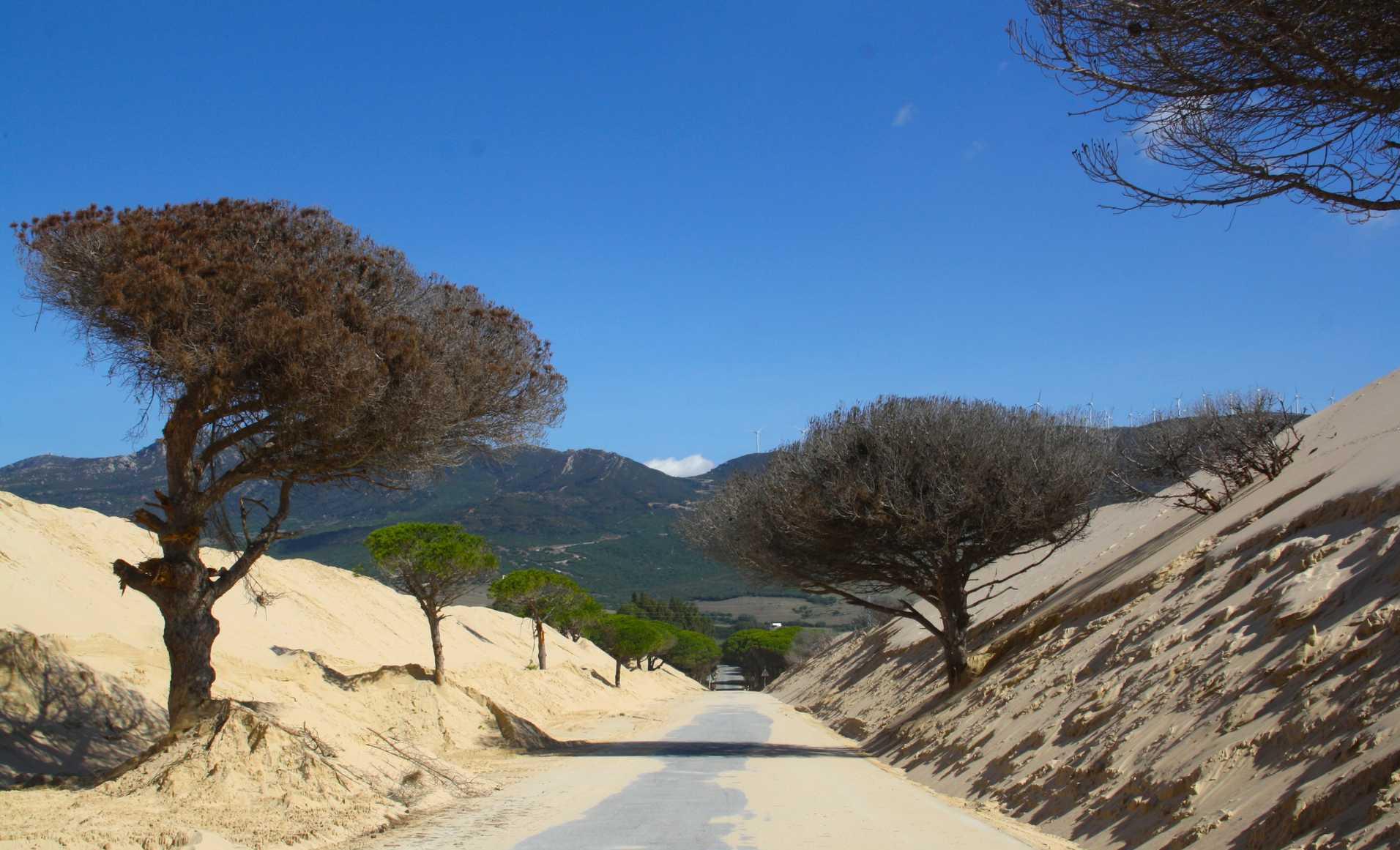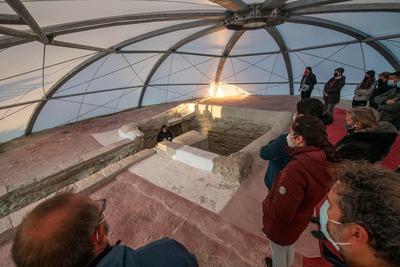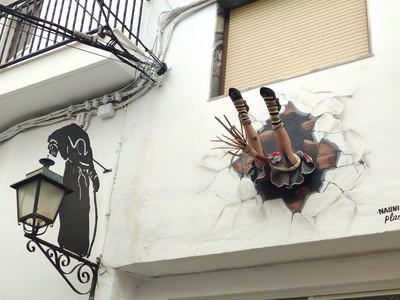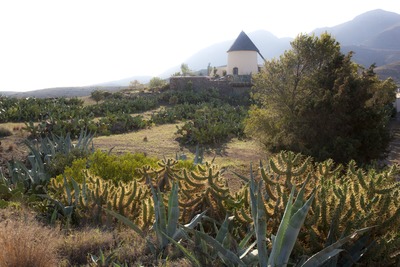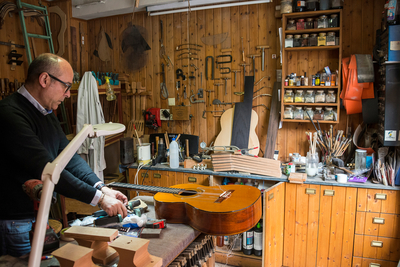Walking through Granada's accessible museums and monuments

Our route through Granada, renowned and heroic land, is designed for tourists with some type of difficulty. We suggest some of the most attractive accessible visits, both within and outside the Nasrid capital.
We start in the vicinity of the Sierra Arana and head towards a Natural Monument of Andalusia and Cultural Interest Heritage, on our wheelchair walk through the province of Granada: that's where you'll find the Las Ventanas Cave or Piñar Caves (named after the village in the province of Granada), which are part of the Route of the Nasrids). Accessibility to this cave is well known, so much so that it is almost unique in Europe: there are no architectural barriers on practically the whole route. Its prehistoric importance stems from remains of bones and stone tools from the Neanderthal period found here, as well as evidence of human settlement in this territory since the Middle Palaeolithic period, in other words since the dawn of time (90,000 years ago, no less!). The importance of this legacy can be seen in the collections in the Archaeological Museum of a city whose accessibility, in terms of museums and monuments, has a clear example in the beautiful Alhambra.

The Alhambra Palace in Granada
Inevitably, taking into account what this place means: "while the world exists, there will always be the Alhambra the memory of this monument of exceptional beauty will remain in the minds of men”, wrote Julio Quesada- Cañaveral, Count of Benalúa and a visionary with regard to the tourist potential of the city. The accessible Alhambra in Granada which we know and love is characterised for being very inclusive: in addition to the toilets adapted for the disabled (both in the Access Pavilion and the Services Pavilion, next to the Puerta del Vino), visitors can borrow wheelchairs next to the ticket office for the Generalife. Those with sight and hearing difficulties are also catered for in the palatine and military complex. There are tactile points that enable some of its wonderful ornaments to be perceived; bilingual sign guides meanwhile, make the visit easy for anecessarily large audience (they are in Spanish and English).

Other monuments
Other tourist attractions in Granada accessible for those with reduced mobility are the Cathedral and the Royal Chapel. The latter does not have facilities for visitors with sight and hearing difficulties, although those who are blind are allowed to feel part of the monument, except for the paintings. The Madraza Palace, Baroque and with a Moorish past - it had been the headquarters of the Muslim School of Islamic Law, founded by Yusuf I - and the José Guerrero Contemporary Art Centre, are equipped with ramps and lifts to facilitate access.
And museums which opened their doors in the 21st century, like the CajaGranada Memory of Andalusia Museum (2009) or Motril Pre-industrial Sugar Cane Museum (2004) - outside the city of Granada have been designed to accommodate visitors with reduced mobility or other difficulties.















